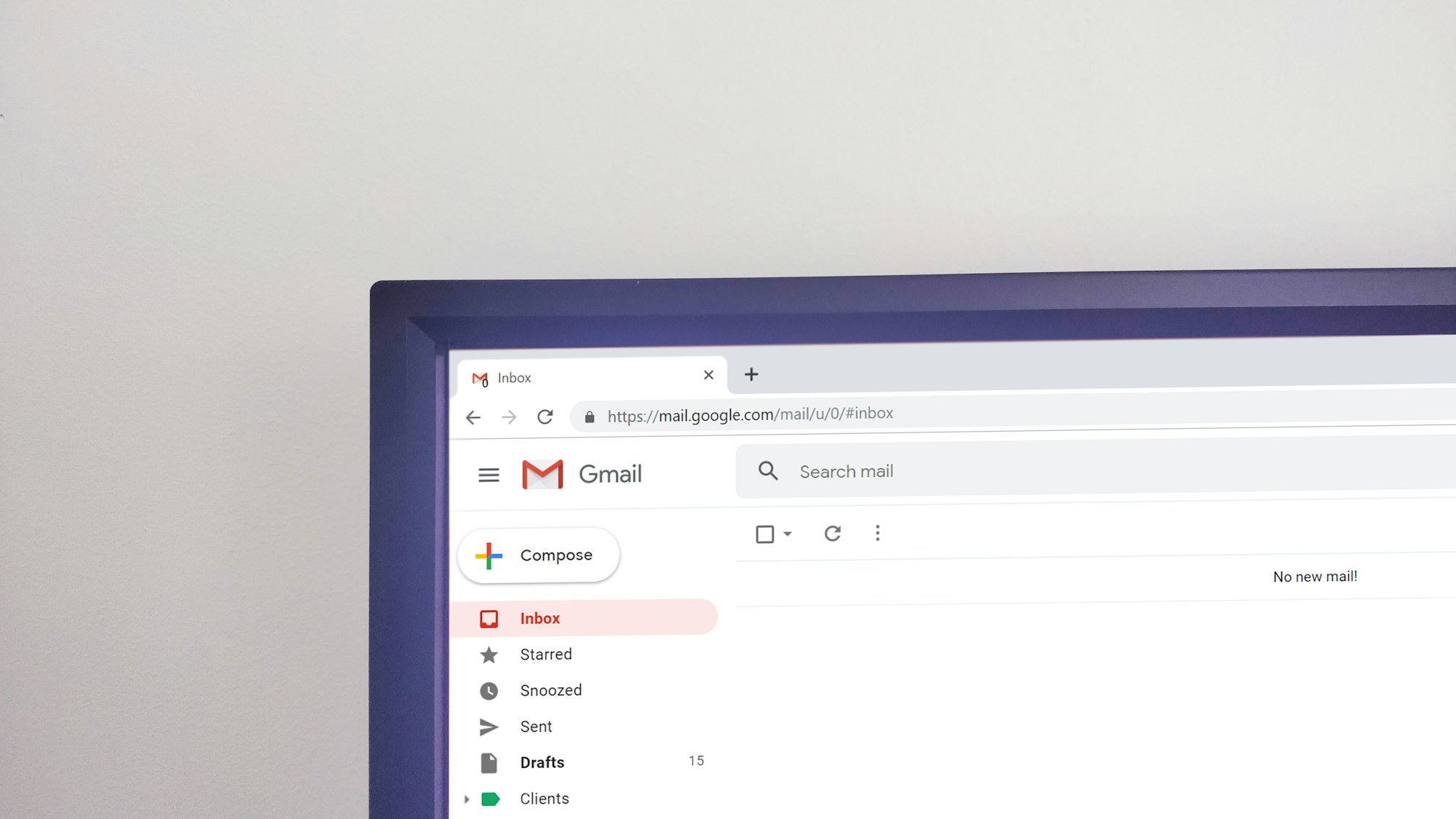Top 4 Mistakes Made When Calculating Market Size

Investors understand that market sizing is time-consuming and often inaccurate, mostly because they have to do it themselves before committing to invest in a startup.
Having said that, many founders don't spend enough time making sure that their market size calculations are presented in an easy way for investors to understand and that they're comfortable in how they were calculated.
In general you want to avoid:
- Letting the investor finish the calculations themselves
- Being unable to answer criticism of the assumptions made.
In most startup decks and pitches, these are the four most common mistakes.
1. Copying and pasting a "big number" from Google
This is the most frustrating error, primarily because it shows a lack of effort on the founder's side. Usually the big number is taken from an overinflated research report (RRP $2,500) that usually reads something like:
"The global online food delivery services market size was valued at USD 23,539.40 million in 2018 and is expected to grow at a compound annual growth rate (CAGR) of 15.4% from 2019 to 2025."
It's important to have a good understanding of the assumptions behind the numbers you present or it becomes difficult to articulate why the market is that size.
2. Not showing a currency value
This is a very common mistake, which is a shame as it's usually very simple to fix.
Not converting X number of widgets sold per year into Y€ results in the investor having to do the calulation themselves. Assuming this is the first pitch, this will probably be a "back of the envelope" estimate that may not work in your favour.
Taking the extra step to multiply quantity by gross margin will save the headache of an investor making the wrong calculation, or refusing to do it in the first place.
3. Using GMV instead of Revenue
This error is made most often by founders of marketplace startups, where they use the Total Addressable Gross Merchandise Volume (GMV) for their market size.
The main problem with this approach is that it fails to account for the variance in take rates (the % commission you charge for a transaction) between different marketplaces.
| TAM €B (GMV) | Take Rate (%) | TAM €B (Rev.) |
| 10 | 5 | 0.5 |
| 5 | 30 | 1.5 |
As before, without doing these calculations, it's impossible to see if the market is large enough. A seemingly large market can quickly become too small if the commission earned is relatively low.
Whilst unlikely to lead to an instant pass, it falls foul of asking the investor to do their own maths.
4. No Segmentation
Segmenting the market by customers and geography is important to understand the difference between your early market and the potential of your startup to continue to grow 5-10 years after taking investment.
Without doing this, it's unclear whether your startup can reach sufficient scale with its current customer personas, home market and competitive forces.
For example:
- Starting in a smaller market with limited competition and having to move to a larger, but highly competitive, market.
- A B2B SaaS startup selling to SMEs, but the majority of the market value is in enterprise.
An investor might be lazy and multiply your TAM by 5-10%, which is unlikely to work in your favour!




